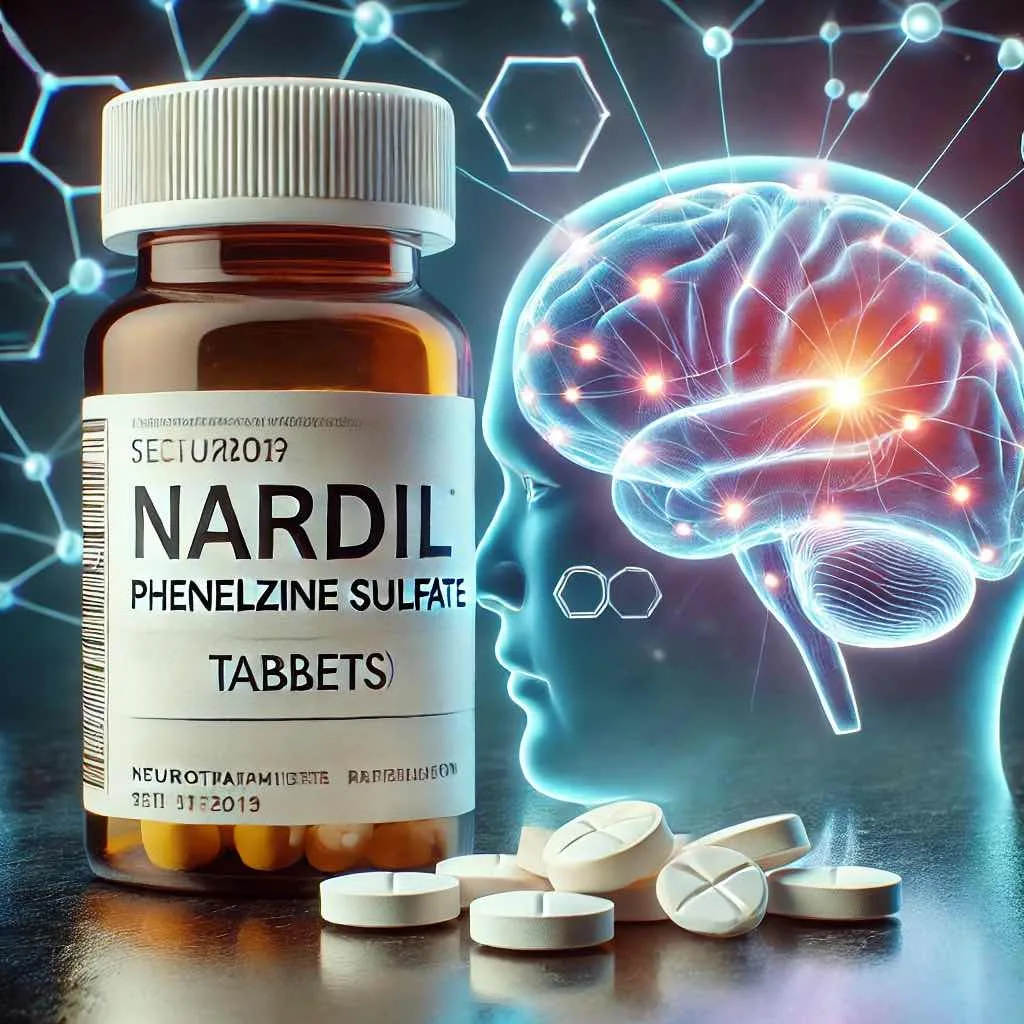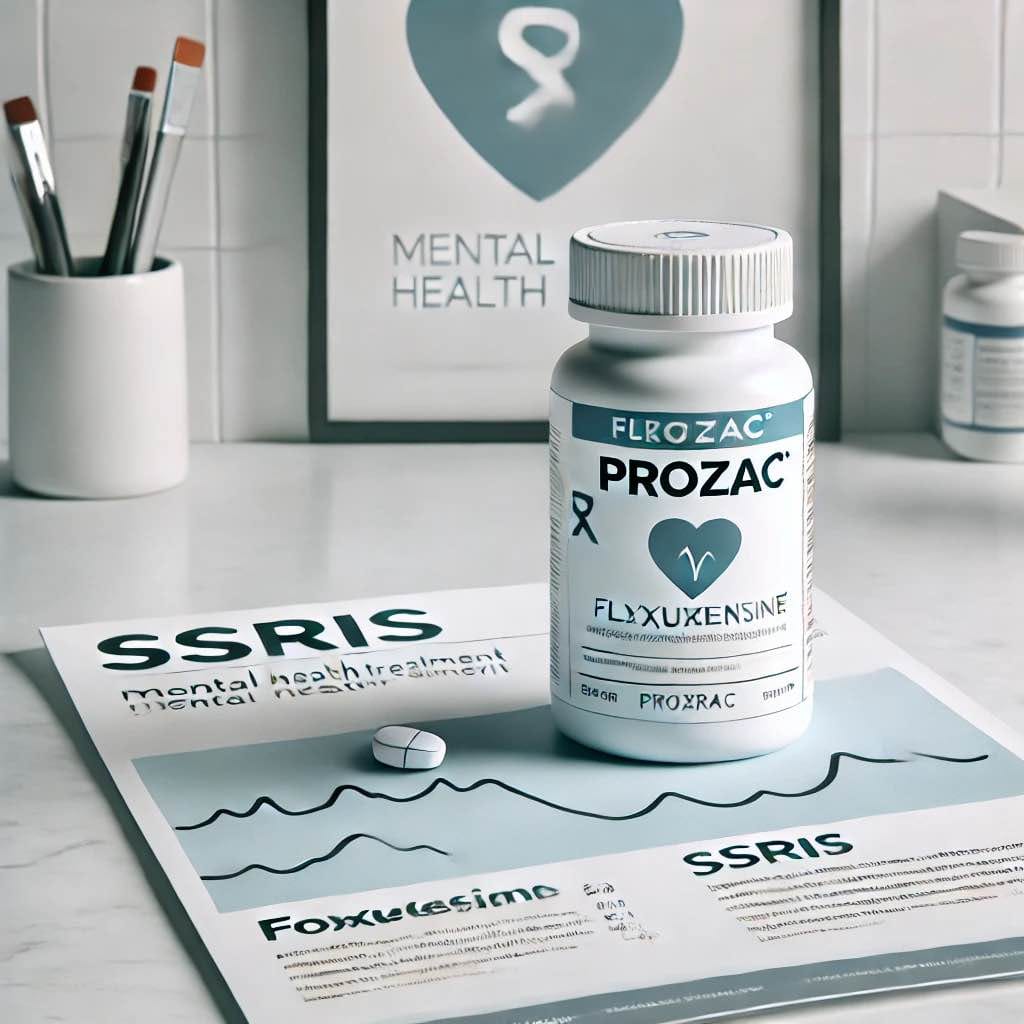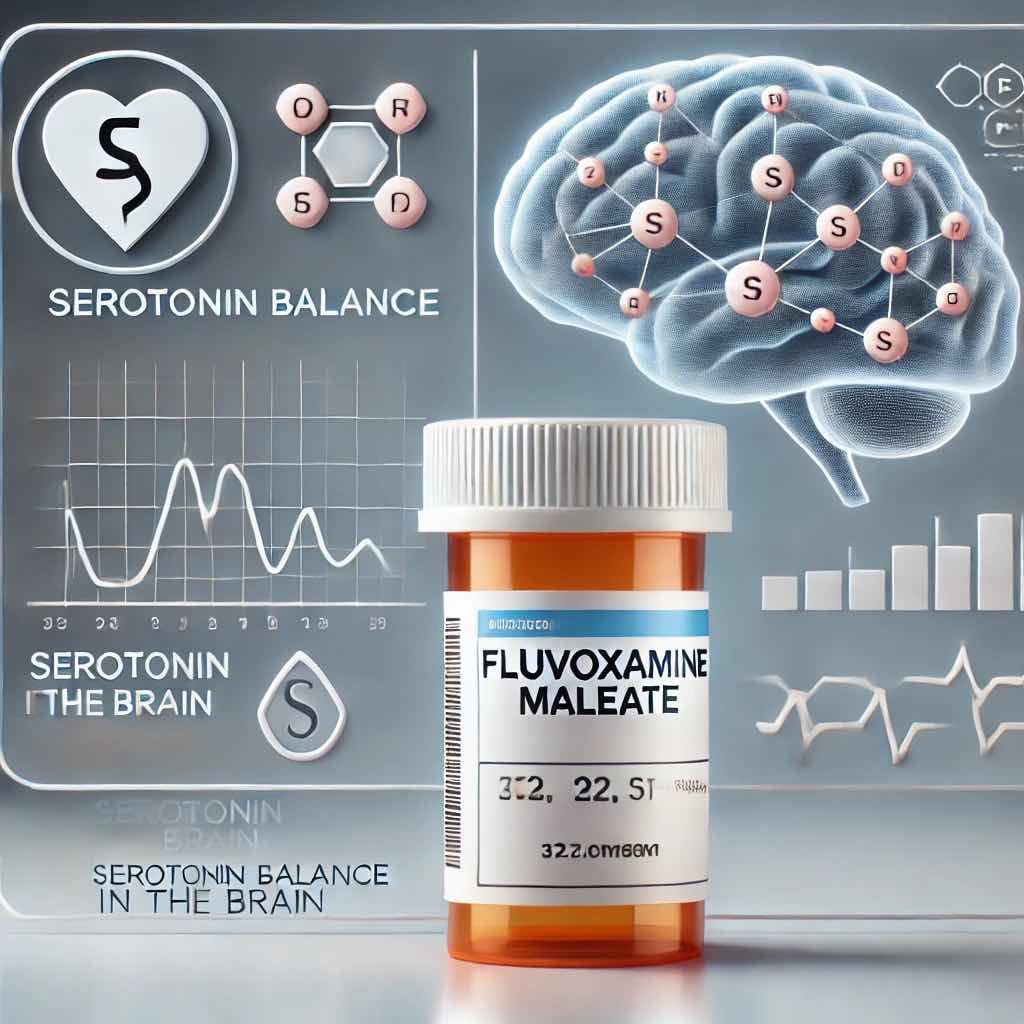Organic Mental Health Disorder: Causes, Symptoms, Diagnosis & Treatment
What Is an Organic Mental Health Disorder? An organic mental health disorder, often referred to today as a neurocognitive disorder, is a condition characterized by a decline in mental functioning caused by physical changes in the brain, rather than psychological factors. This term was once commonly known as organic brain syndrome (OBS) or chronic organic … Read more








